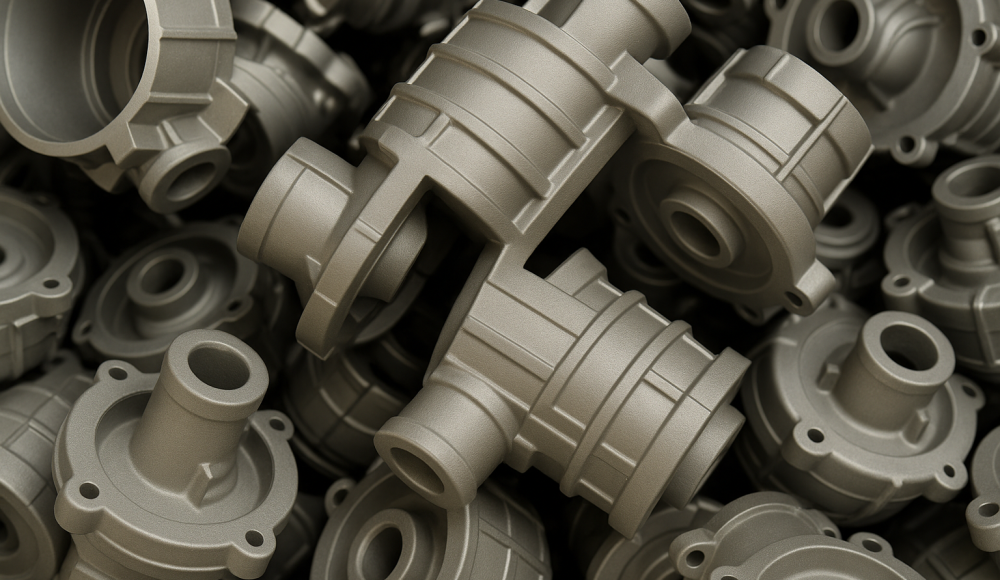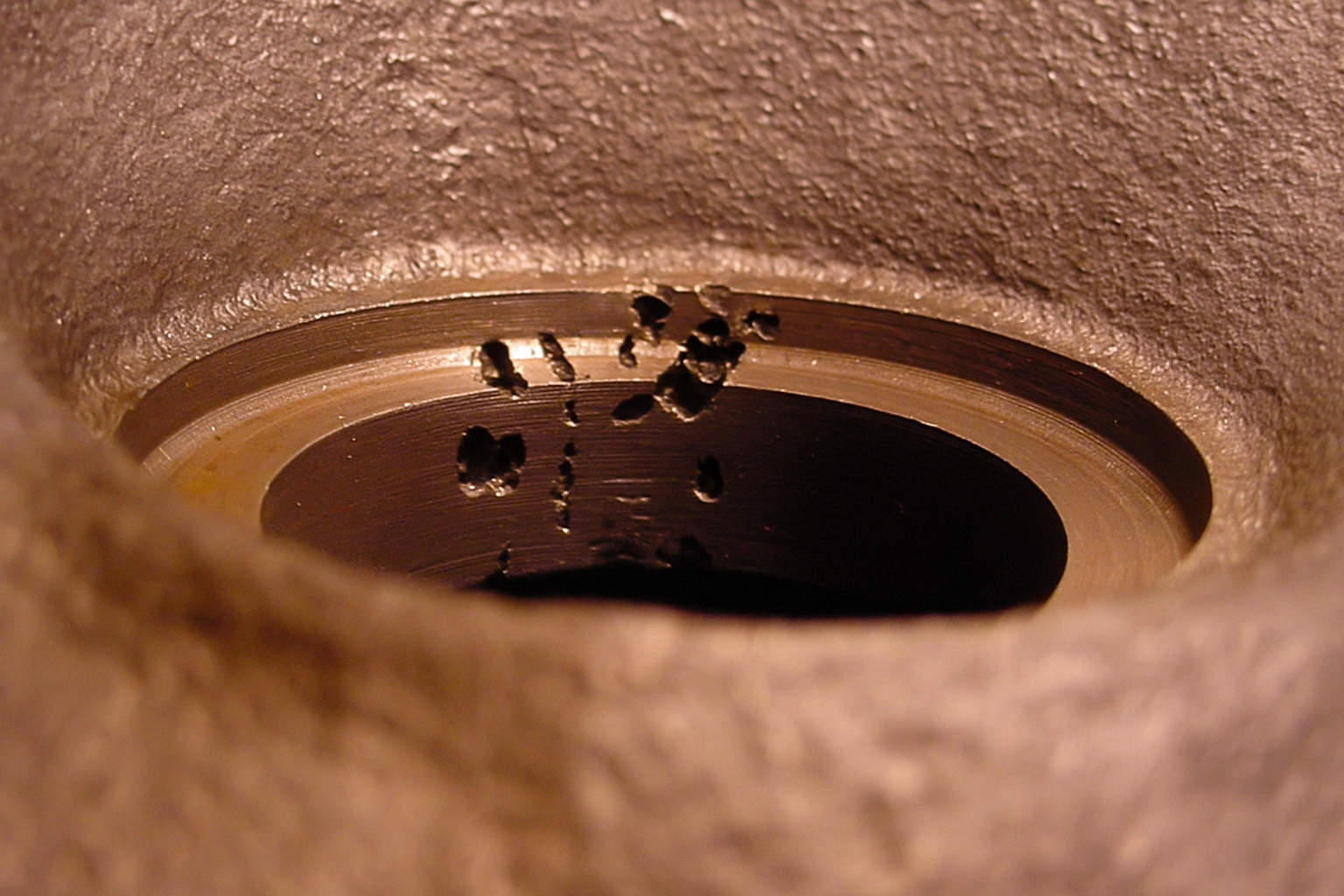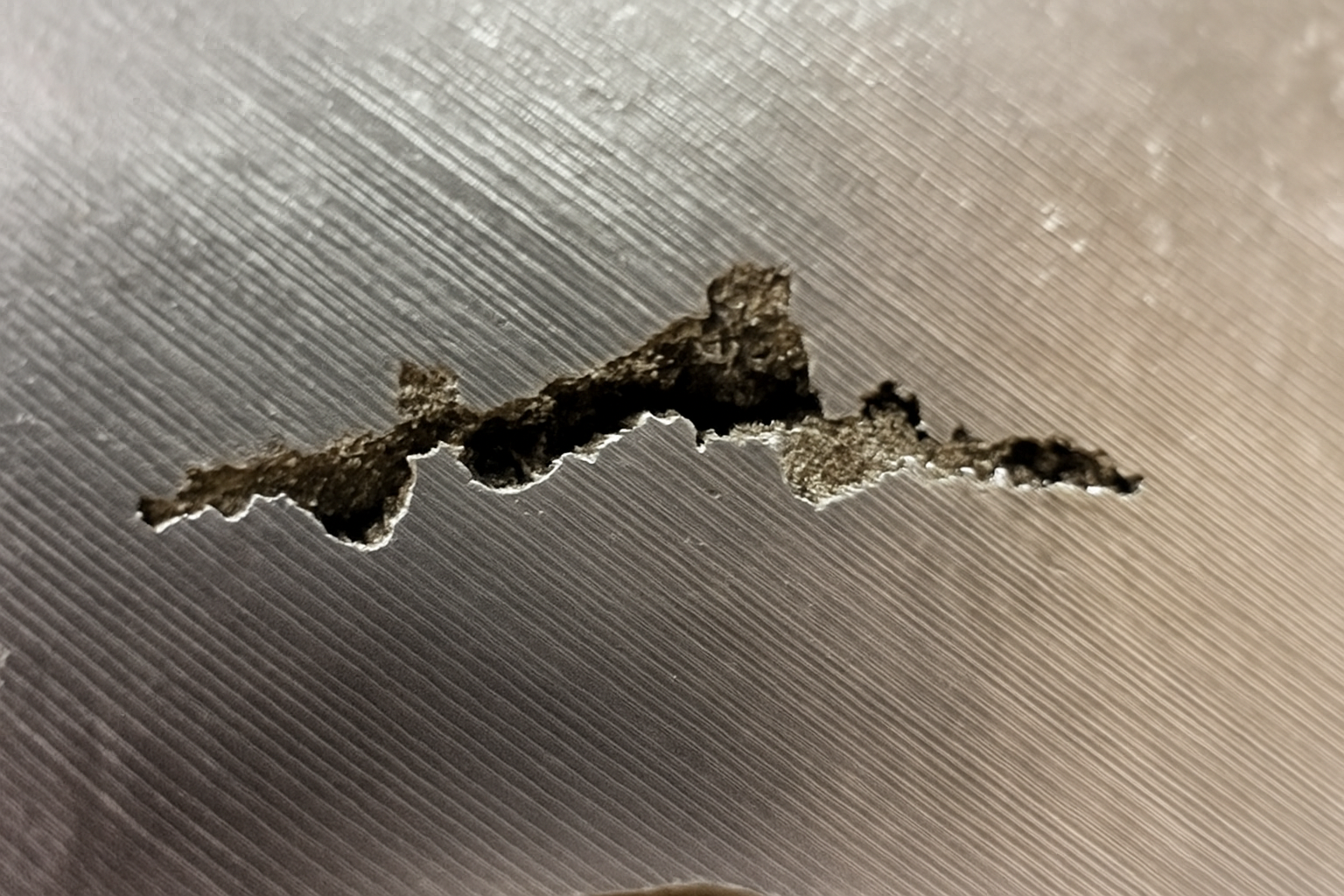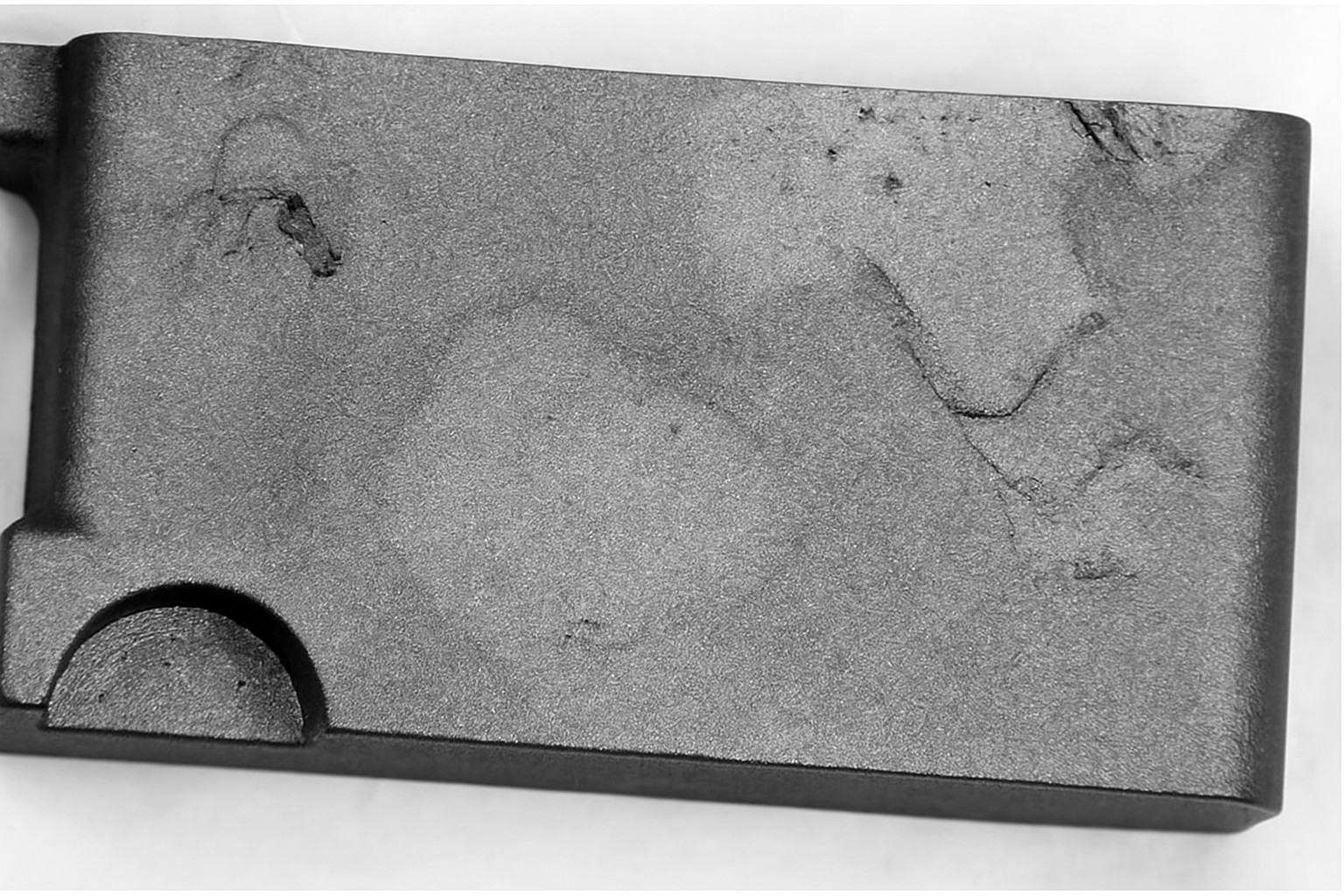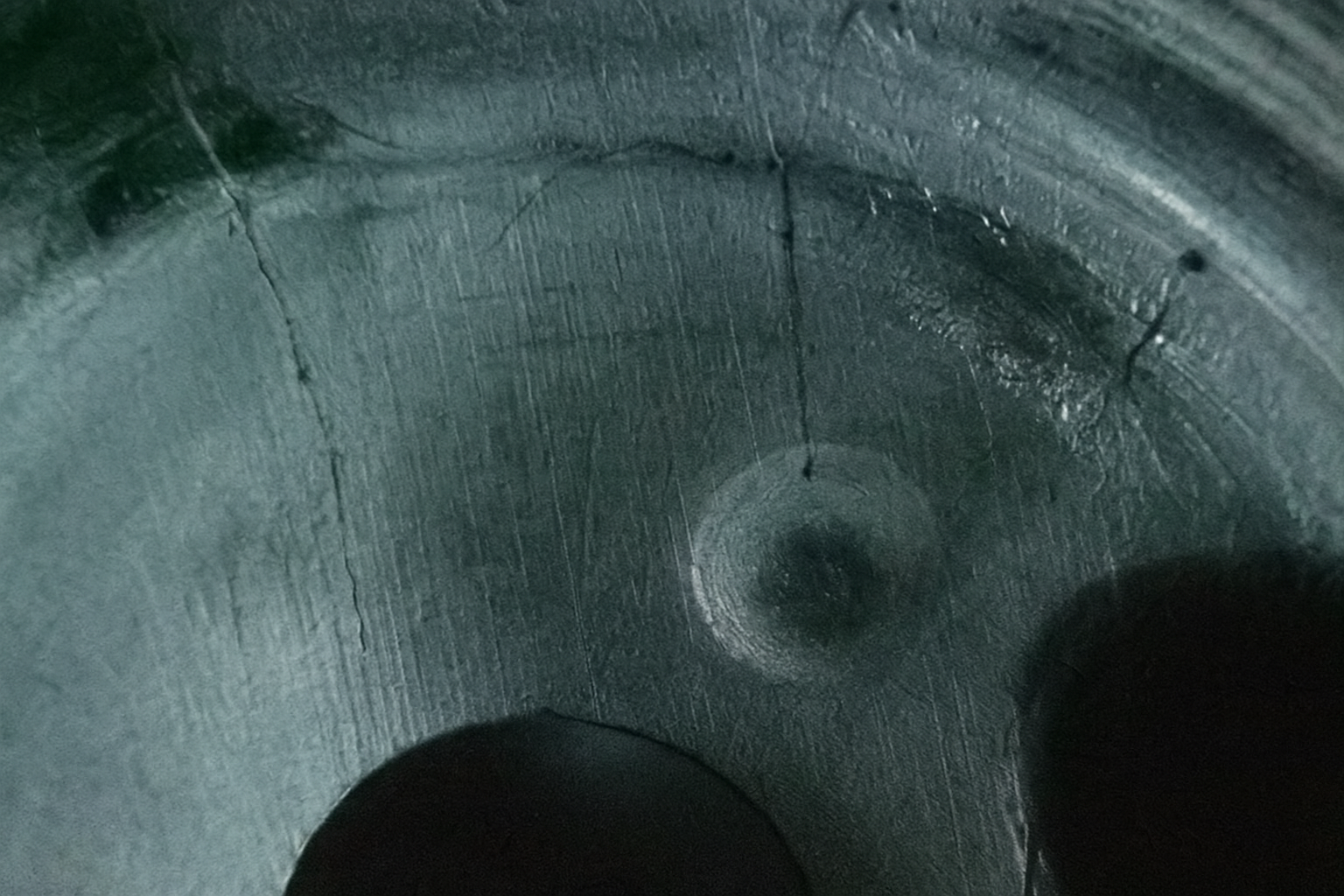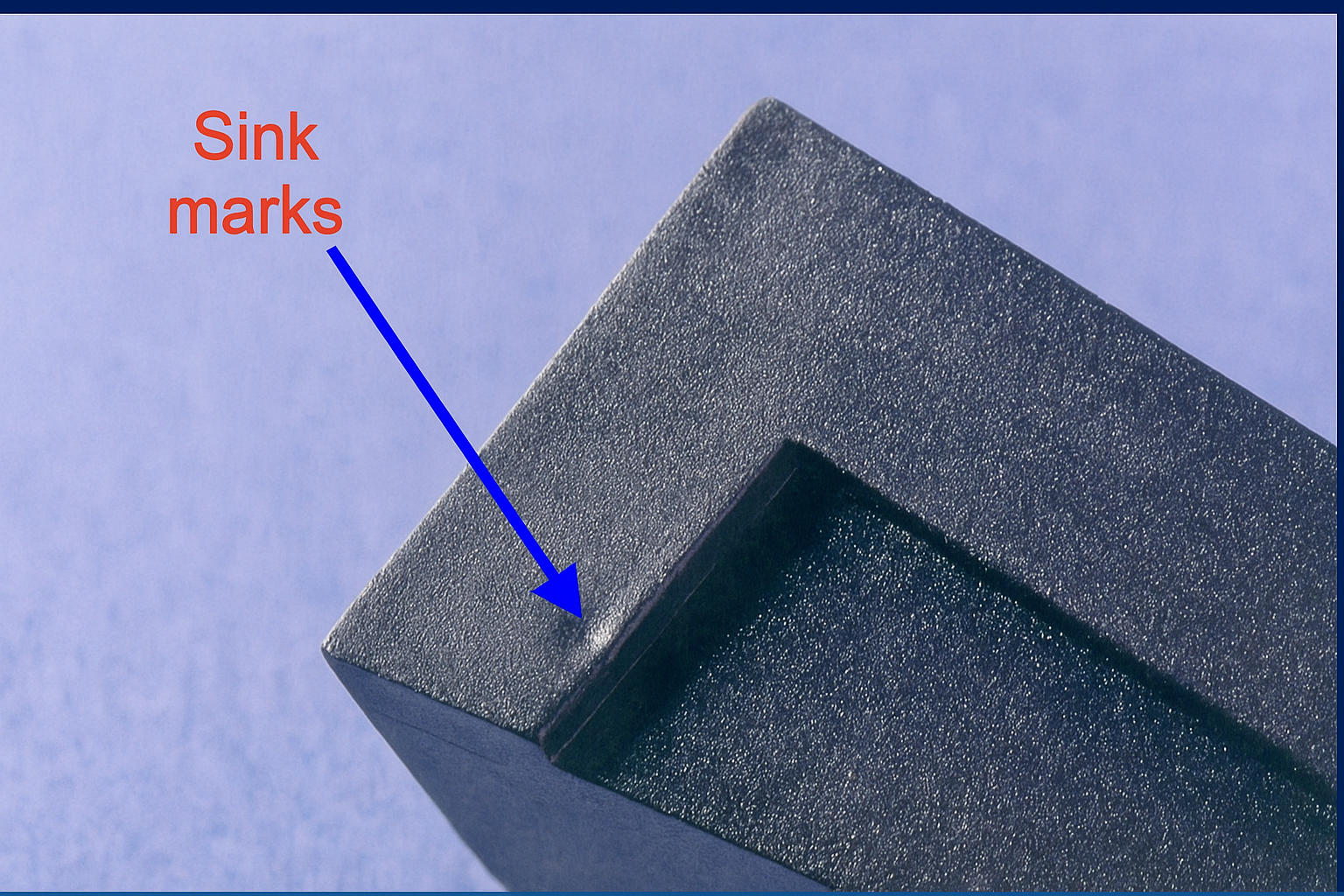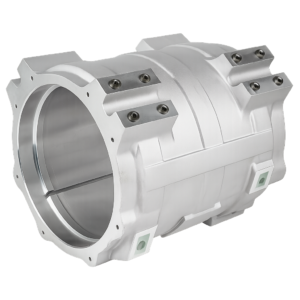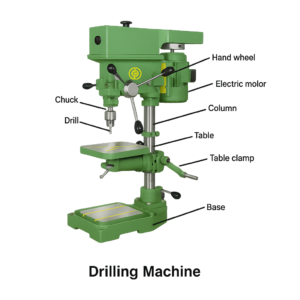Morire casting is an efficient manufacturing process that involves injecting molten metal under high pressure into molds to create precise and robust components. Although it resembles plastic injection molding, die casting is far more complex due to the thermal and mechanical stresses involved. This complexity makes die casting susceptible to various defects, compromising the final quality of components if not properly addressed.
In questa guida, we will thoroughly explore different types of die casting defects, their causes, practical solutions, and prevention tips to help engineers, produttori, and designers achieve consistently high-quality die-casted parts.
Classification of Die Casting Defects
Die casting defects typically fall into two broad categories:
Internal Defects (invisible externally but affecting structural integrity)
Superficial Defects (visible externally and impacting surface quality)
Let’s explore each category in detail.
Internal Die Casting Defects
Internal defects weaken the structural integrity of die-cast parts and often go unnoticed without thorough inspections.
Gas Porosity
Gas porosity defects occur when trapped gases form bubbles inside the casting, visible as round or oval voids after cooling.
Cause:
Hydrogen release during cooling due to decreased gas solubility.
Entrapped gases from turbulent metal flows.
Gas emitted from excessive or improperly used mold release agents.
Soluzioni:
Utilize vacuum-assisted melting or melting under protective gas atmospheres.
Ensure metal ingots are clean and dry before melting.
Optimize casting parameters (velocità, temperatura, gate system).
Choose high-quality mold release agents and apply them sparingly.
Shrinkage Porosity
Shrinkage porosity arises from uneven solidification, forming internal voids or cavities due to volumetric shrinkage of metals as they cool.
Cause:
Inadequate cooling system design.
Premature mold opening.
Excessively high pouring temperatures.
Soluzioni:
Design efficient gating and riser systems that facilitate continuous feeding.
Implement chills, cooling coils, or ribs to manage heat dissipation.
Optimize casting temperatures and solidification processes.
Inclusions
Inclusions are impurities trapped inside the casting, often from foreign materials or metal contamination, resulting in weak points.
Cause:
Contaminated furnace charges.
Poor slag removal during metal preparation.
Inappropriate mold release agents containing excessive graphite.
Soluzioni:
Use highly purified metal charges.
Thoroughly clean ladles and dies regularly.
Properly manage and purify molten metals, removing slags diligently.
Avoid or strictly control graphite-based mold release agents.
Superficial Die Casting Defects
These defects affect the aesthetic and surface quality of cast components.
Crepe
Cracks manifest as linear or irregular breaks caused by stress during cooling or ejection.
Cause:
Residual stress from improper component design.
Incorrect alloy composition or metal properties.
Ejection forces applied unevenly or too early.
Soluzioni:
Use alloys specifically formulated for the intended casting.
Design castings with balanced and uniform wall thicknesses.
Optimize mold geometry and ejection techniques to reduce stress.
Cold Shut
Cold shut defects appear as lines resulting from the incomplete fusion of molten metal fronts.
Cause:
Low molten metal temperatures or insufficient injection speed.
Poorly designed gating systems.
Soluzioni:
Increase mold and metal temperatures appropriately.
Optimize injection pressure, gate design, and runner configurations.
Network Cracks
Network cracks resemble thin, hairline patterns on surfaces, reducing both aesthetic appeal and structural integrity.
Cause:
Rough or improperly treated die surfaces.
High filling temperatures creating thermal stresses.
Inadequate die cavity temperature uniformity.
Soluzioni:
Polish and maintain die cavities regularly.
Maintain optimal mold temperatures and thermal balance using controlled cooling systems.
Drags and Soldering
Drags appear as linear surface scratches, whereas soldering involves the molten metal sticking excessively to the die cavity.
Cause:
Overheated molten metal.
Damaged or improperly prepared die cavity surfaces.
Insufficient or incorrect draft angles.
Soluzioni:
Ensure die cavities are well-maintained, lucido, and repaired.
Apply high-quality mold release agents appropriately.
Adjust ejection methods and improve gating designs to avoid friction.
Flashes
Flashes are thin, excess material protruding from the edges of cast parts.
Cause:
High injection speeds or pressures.
Unclean or damaged die parting lines.
Insufficient clamping force.
Soluzioni:
Optimize injection parameters and temperatures.
Maintain die surfaces and ensure adequate clamping forces.
Blisters
Blisters appear as surface bubbles from trapped gases causing localized expansion under high temperatures.
Cause:
Poor venting leading to trapped air pockets.
Turbulent filling conditions.
Soluzioni:
Improve gating and venting systems.
Precisely control casting parameters such as speed and temperature.
Deformation
Deformation involves changes in shape or dimension from improper handling or design flaws.
Cause:
Incorrect gate removal practices.
Early mold opening.
Poor structural casting designs.
Soluzioni:
Optimize mold opening timing and part handling.
Redesign casting geometry to ensure uniform cooling and support during ejection.
Flow Marks
Flow marks are uneven surface patterns formed during metal flow, often affecting aesthetics and finish quality.
Cause:
Low die temperature and filling pressures.
Excess mold lubricants or release agents.
Soluzioni:
Adjust die temperature and injection parameters.
Limit mold release agent usage to necessary amounts.
Short Filling
Short filling occurs when the metal fails to fill the die completely, leaving incomplete areas.
Cause:
Low fluidity or insufficient injection pressures.
Poorly designed gating systems.
Soluzioni:
Increase temperatures, injection speeds, and pressures.
Redesign gating systems to enhance metal flow paths.
Laminations
Laminations result from metal layer separation, typically uncovered during finishing processes.
Cause:
Turbulent filling conditions.
Incorrect gating design causing overlapping metal flows.
Soluzioni:
Optimize gating system to achieve smooth metal flow.
Monitor and control filling conditions meticulously.
Sinks
Sink marks are depressions appearing over thick sections due to improper solidification and cooling.
Cause:
Low injection pressure or short pressure-holding times.
Uneven wall thickness.
Soluzioni:
Use uniform wall thicknesses in designs.
Increase holding pressure and solidification time.
Tips for Avoiding Die Casting Defects
To reduce defects comprehensively, follow these critical best practices:
Effective Defect Rating System: Quantify and monitor defects continuously to identify problem areas early.
Correct Wall Thickness: Follow thickness guidelines (per esempio., 1.5–2.5 mm aluminum, 1.0 mm zinc).
Predictable Fill Time: Use PQ² calculations to optimize fill time and injection parameters.
Optimal Metal Flow Patterns: Design gating systems for smooth, controlled metal flow.
Correct Die Temperature Control: Maintain die temperatures for ideal metal flow and cooling.
Conclusione
Effectively managing die casting defects is essential to achieving high-quality components. Adopting meticulous planning, proper design principles, rigorous quality control, and regular process improvements significantly reduces defects and enhances product reliability. Partnering with experienced manufacturers like RapidDirect further ensures excellent outcomes and dependable components.
Domande frequenti:
- How Can You Reduce Casting Defects?
Use an effective defect monitoring system, maintain proper casting temperatures, and optimize mold design. - What is Die Casting Good For?
Ideal for automotive parts, custodie elettroniche, infissi decorativi, and components requiring high precision and strength. - How Do You Remove Porosity in Castings?
Enhance mold designs, optimize venting, use vacuum casting techniques, and add nitrogen to the molten aluminum.

